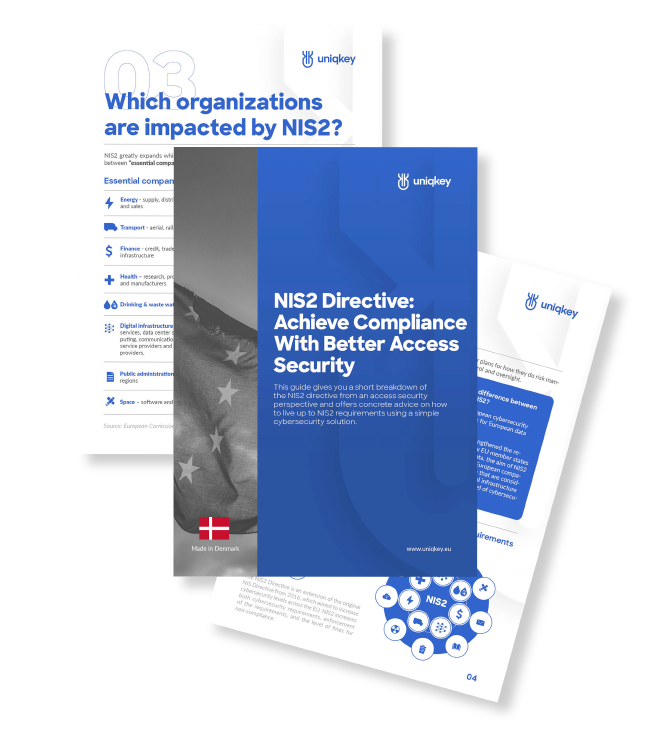ESSENTIAL ENTITY
Public Administration Sector
Learn how the NIS2 directive affects organizations in the public administration sector.
The Public Administration Sector
The public administration sector is a critical component of European society, providing essential services to citizens such as social services, public safety, economic regulation, and political representation.
With the vast amounts of sensitive information they manage, these organizations are at high risk of devastating cyberattacks. The NIS2 Directive acknowledges this criticality and designates the public administration sector as an “essential entity,” emphasizing the importance of safeguarding the sector against cyber threats.
Average Annual Expenditure
22,1% of GDP
Average annual government expenditure on public services of EU countries. Source.
Key Cybersecurity Challenges
For The Public Administration Sector
Ransomware Attacks
Ransomware pose a critical threat to public administration organizations as they have the power to disrupt essential public services for long periods of time.
Limited Resources
It is common for public administration organizations to operate with few IT resources and consequently face challenges in recruiting cybersecurity talent.
Phishing Attacks
Organizations in the public administration sector hold vast amounts of personal data, making them a prime target for various forms of phishing attacks.
Large, Complex Systems
Organizations in this sector often deploy large, complex IT systems, which are hard to secure and manage. This makes them vulnerable to cyberattacks.
State-sponsored Attacks
Often sophisticated and well-funded, a succesful state-sponsored attack could disrupt services and affect the safety and well-being of citizens.
Lack of Awareness
Employees in traditional public administration organizations are rarely educated on cyber threats, making them specifically vulnerable to cyberattacks
The Implications of NIS2 For The Public Administration Sector
One of the main aims of the NIS2 Directive is to ensure the stability of essential European infrastructure in the event of disruptive cyberattacks. For this reason, the Directive is set to have broad implications for the public administration sector, as security breaches in this sector could jeopardize sensitive citizen information and disrupt essential public services, creating destablization on a local and national level.

Protecting sensitive information
The NIS2 Directive requires public administration organizations to implement enhanced security measures to protect sensitive information, such as personal data of citizens, financial information, and critical infrastructure data from cyberattacks. This is particularly important for the public administration sector as they handle a large amount of sensitive information that could be used for malicious purposes if stolen.
CONTINUAL RISK ASSESSMENT
Following the new Directive, public administration organizations will be required to conduct regular risk assessments and report on their cybersecurity posture. The purpose of this will be to ensure that organizations have the capacity to identify areas where they need to improve their cybersecurity measures, and it will ensure that essential services provided by the public administration sector are available and functioning even in the event of a cyber incident.
RAISING employee AWARENESS LEVEL
To comply with the upcoming NIS2 requirements, organizations in the public administration sector must invest in employee cybersecurity training. This is especiaily important given the varying degrees of cyber awareness levels among employees in this sector, which represents a significant security risk.
IMPACT ON THE public administration industry
By mandating best practices for safeguarding against cyber threats, the Directive ensures that essential services remain available to citizens. The new focus on employee education and regulatory compliance is set to strengthen the sector’s defenses, while the requirement for regular risk assessments and incident response planning can help ensure that the sector remains vigilant and prepared against the ever-evolving threat of cyberattacks.
Get NIS2 Complaint (Whitepaper):
Time is running out to comply with NIS2 regulations. Starting your compliance journey sooner rather than later is crucial.
A typical NIS2 compliance process, including security assessments, auditing, consulting, and tool implementation, takes approximately 12 months.
For practical advice on how to comply with the requirements, check out our NIS2 white paper.

